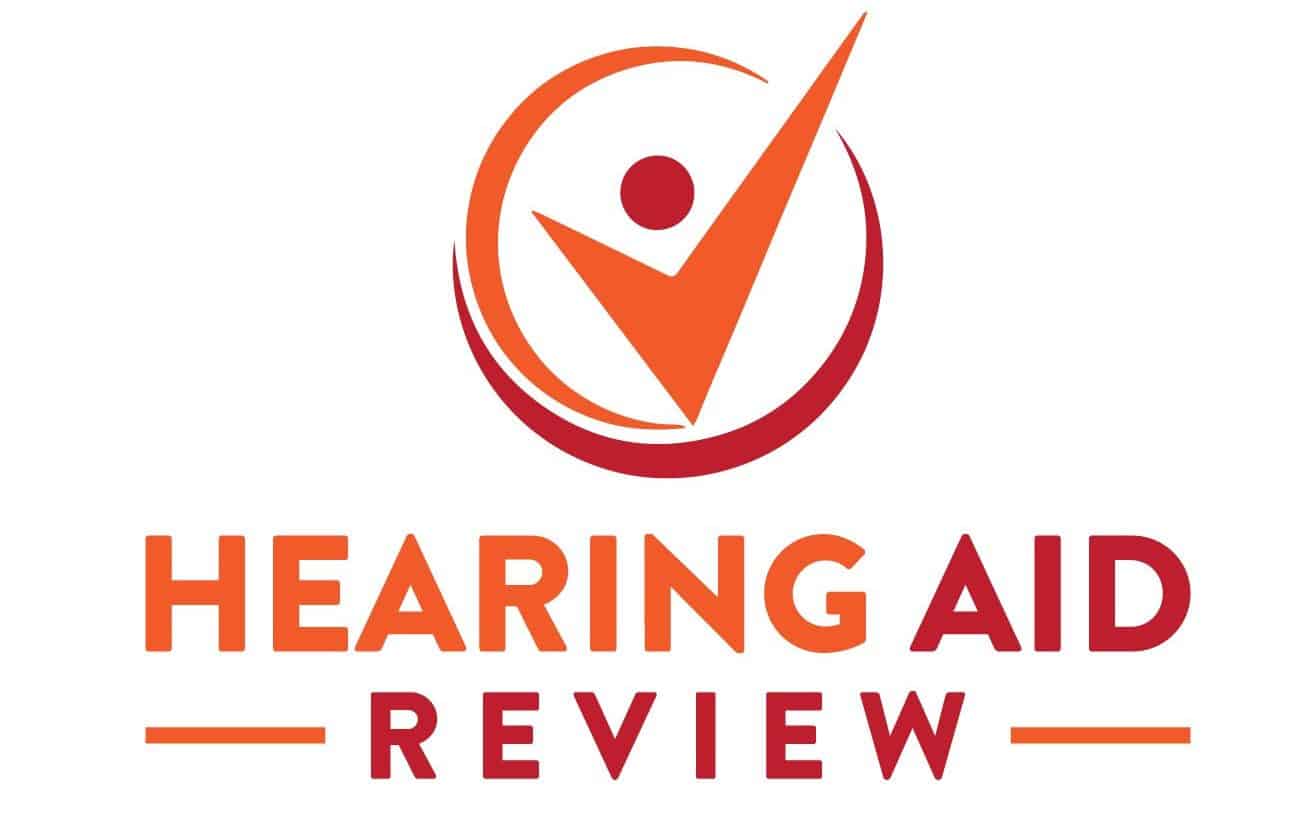You can’t ignore how popular each brand is?
As a very rough guide, we can look at the financials of each main company. In this case, latest revenue (shown in Euro).
There are really only 5 big players left – and they own two or more brands, and most also run other businesses (for example, Jabra is owned by GN. Roger is owned by Sonova).
They are:
SONOVA (Examples of hearing aid brands: Phonak, Unitron and Hansaton). Estimated revenue figures (latest): €2.8b
DEMANT (Examples of hearing aid brands: Oticon, Bernafon and Sonic). Estimated revenue figures (latest): €1.9b
GN NORD (Examples of hearing aid brands: Resound, Beltone and Interton). Estimated revenue figures (latest): €1.7b
WS AUDIOLOGY (Examples of hearing aid brands: Widex, Signia). Estimated revenue figures (latest): €1.7b (recently merged business)
STARKEY (Examples of hearing aid brands: Starkey, Audibel, MicroTech and NuEar). Estimated revenue figures (latest): €0.9b
So when you are told ‘this brand is best for you’, you need to ask yourself Why? A hearing aid manufacturer’s success cannot be ignored – in the same way, that when exploring the cell phone market, you should have a good look at Samsung and Apple.
Also, when considering the independence of any recommended product bear in mind the following:
- Sonova is the majority shareholder in Boots Hearing Care
- Demant owns Hidden Hearing
- Amplifon tend to favour Resound
- Bloom Hearing is owned by WS Audiology
Phonak and Oticon are the two brands that attract the highest spend on R&D.








